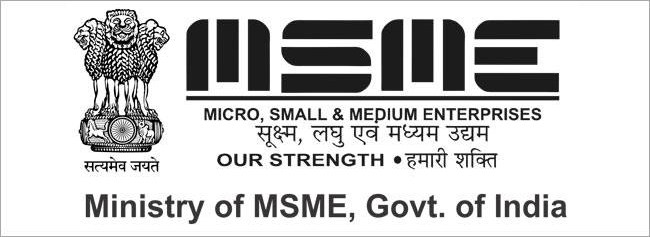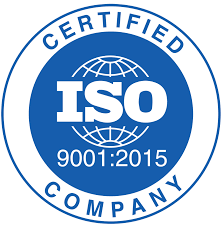The standard approach to code or specification compliance utilizing industry proven non-destructive testing techniques.
Detect surface defects in alloy materials.
Penetrant testing – Based on the properties of capillary action, or the phenomenon of a liquid rising or climbing when confined to a small opening due to surface wetting properties of the liquid, Penetrant testing is used for finding surface breaking discontinuities on relatively smooth, nonporous surfaces. The types of defects that can be found with Penetrant inspection are:
The basic procedure that is followed to perform liquid penetrant testing consist of the following:
- Rolled Products: Penetrant identifies anomalies (cracks, seams or laminations)
- Castings: cold shuts, hot tears, porosity, blow holes or shrinkage
- Forgings: Illuminating cracks, laps or external bursts
- Welds: To identify cracks, porosity, undercut, overlap, lack of fusion or lack of penetration
Traditional & Computed, Inhouse& Field Radiographic Services.
Industrial radiography is used for a variety of applications but is commonly performed using two different sources of radiation, X-Ray and Gamma ray sources. The choice of radiation sources and their strength depends on a variety of factors including size of the component and the material thickness. Within the broad group of X-Ray and Gamma ray sources are a variety of camera choices with varying radiation strengths.
Wide variety of industry specific Visual Qualifications/Certifications.
ESL Group provides a variety of VT visual inspection techniques to multiple industries. All NDT techniques are based on interpreting visual anomalies to determine test specimen soundness as detailed by the code or specification to which the test is performed. However, specific industries require a variety of visual inspection certifications to inspect their specific equipment. ESL provides this expertise through its nationwide network of laboratories.
Detect surface defects in carbon steel materials using various techniques.
Used for finding surface/near surface defects in ferromagnetic material, Magnetic Particle testing (MT) is a versatile inspection method used for field and shop applications. Magnetic particle testing works by magnetizing a ferromagnetic specimen using a magnet or special magnetizing equipment. If the specimen has discontinuity, the magnetic field flowing through the specimen is interrupted and leakage field occurs. Finely milled iron particles coated with a dye pigment are applied to the specimen. These are attracted to leakage fields and cluster to form an indication directly over the discontinuity. The indication is visually detected under proper lighting conditions.
Various Shop and Field Ultrasonic services.
Traditional Ultrasonic inspection uses high frequency sound energy to conduct examinations and perform measurements. Considerable information may be gathered during ultrasonic testing such as the presence of discontinuities, material or coating thickness. The detection and location of discontinuities is enabled by the interpretation of ultrasonic wave reflections generated by a transducer. These waves are introduced into a material and travel in a straight line and at a constant speed until they encounter a surface. The surface interface causes some of the wave energy to be reflected and the rest of it to be transmitted.



